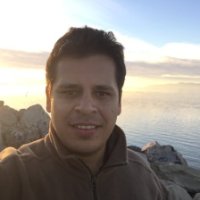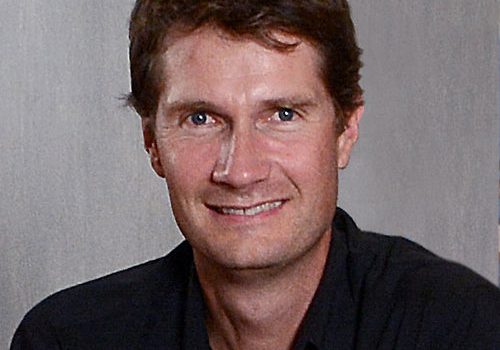
Abstract
Software Defined Radios (SDRs), i.e., freely programmable radios, are about to revolutionize wireless. Implementing the whole communication stack in software not only adds flexibility, but also allows for rapid prototyping of novel technologies. With a proof-of-concept implementation we can advance from pure simulative performance evaluation to a combined approach with real measurements. This backs up research and speeds up development, experimentation, and testing of new concepts. This talk will provide an overview of SDR use-cases and give ideas about how to use them for research and development.
Biography
Bastian Bloessl is a researcher at the CONNECT Center, Trinity College Dublin, Ireland’s Research Center for Future Networks and Communications, where he is funded through a Marie Skłodowska-Curie fellowship. He received his diploma in Computer Science from the University of Würzburg, Germany, in 2011. After his diploma, he started as a PhD student at the Computer and Communication Systems Group at the University of Innsbruck, Austria. In 2014, he moved with the group to Paderborn University, Germany, to continue his studies. In 2015, he won a FitWeltweit scholarship from the German Academic Exchange Service (DAAD), which funded a six-month stay in the research group of Prof. Mario Gerla at the Computer Science Department of the University of California, Los Angeles (UCLA). His research is focused on using software defined radio-based prototypes to assess the performance and robustness of vehicular and sensor networks.








